Archaeological Site in Bonghwang-dong, Gimhae (김해 봉황동 유적)
16.1Km 2020-04-03
50, Garak-ro 63beon-gil, Gimhae-si, Gyeongsangnam-do
+82-55-330-3934
In 1920, the Archaeological Site in Bonghwang-dong, Gimhae was the first site to be excavated in Korea. The site includes an important shell mound from the Gaya period, as well as the Bonghwangdae Tomb, which was the largest tomb in the Geumgwan Gaya area. These important discoveries lead to the designation as Historical Site No. 2 on February 5, 2001. On top of the hill remain Yeouijangja Pavilion and Hwangsebawi Rock, which are part of the legend about General Hwangse and Yeoui.
Sunflower Food (해바라기식품)
16.1Km 2020-04-25
13, Gwangbok-ro 35beon-gil, Jung-gu, Busan
+82-51-245-4521
Opened in 2001, Sunflower Food focuses on providing customers with high quality, local specialty health products. Located in Gukje Market's Arirang Town, the shop boasts delicious gim, kimchi, ginseng, and salted fish using high quality ingredients. Sunflower Food also sells folk art souvenirs and crafts, as well as Korean celebrity merchandise, popular among international tourists.
Gwangbok-ro Arirang Street (광복로 아리랑 거리)
16.1Km 2022-12-23
1~4-ga, Sinchang-dong , Jung-gu, Busan
+82-51-231-0448
Located alongside Manmul Street, Gwangbok-ro Arirang Street in Gukje Market boasts many shops tailored to international visitors. Main items sold here include kimchi, traditional crafts, and local produce. Visitors can also find character items associated with Korean celebrities in Arirang Street. Shops in Arirang Street employ professional shop assistants capable of speaking foreign languages, making it easier for international tourists to shop around.
Tonymoly - Lotte Gwangbok Branch [Tax Refund Shop] (토니모리 롯데광복)
16.1Km 2024-04-23
Daehyun Primall Busan, 786, Jungang-daero, Busanjin-gu, Busan
-
Keunjip (큰집식당)
16.2Km 2020-02-07
19, Junggu-ro 24beon-gil, Jung-gu, Busan
+82-51-245-3320
Located in Gukje Market near Gwangbok-ro Road in the heart of Busan, Keunjip restaurant is quite accessible; but it is a little difficult for first-time visitors to locate the exact entrance. The restaurant serves a vareity of jjim (steamed food) dishes and hanjeongsik (Korean table d’hote).
The most popular menu is the bulgogijjim (stewed bulgogi) served with tasty gejang (marinated crab), kimchi, nutritious toran (taro dishes), and 10 other side dishes. Another delicacy is Keunjip's haemuljjim (spicy stewed seafood), filled with shrimp, octopus, clams, and more seafood and served with kongnamul (bean sprouts).
Seongiljip (성일집)
16.2Km 2020-05-05
103, Daegyo-ro, Jung-gu, Busan
+82-51-463-5888
Seongiljip has been known for over 70 years as a restaurant specializing in grilled eel. They use the same ingredients and roasting method as other restaurants, but their secret marinade gives it a uniquely delicious taste.
The marinade, the taste of which is a perfectly savory blend of sweet and spicy, is made directly by the owner.
Eternal Journey Busan Branch (이터널저니 부산점)
16.2Km 2023-02-06
268-31, Gijanghaean-ro, Gijang-gun, Busan
+82-51-604-7222
The Eternal Journey Busan branch is located in Ananti Cove in Gijang-gun, Busan. This bookstore, the closest to the sea in Busan, has over 20,000 books on display in a 1,652m² area. Unlike other large bookstores, which mainly display best sellers or new books, Eternal Journey divides books into 55 themes so that readers can choose books that fit their taste, sensibility, and lifestyle. In addition, there are original overseas books, limited edition books that are difficult to access, and designer books where the book itself is a work of art. It is not just a place to enjoy books but also a select shop and cafe. On the other side of the select shop is a separate section for writers and designers in the Busan area, highlighting the local identity. There is also a well-equipped space for children, so it is good for the whole family to enjoy cultural life together.
Ancient Tombs in Daeseong-dong, Gimhae (김해 대성동 고분군)
16.2Km 2020-04-02
126, Gayaui-gil, Gimhae-si, Gyeongsangnam-do
+82-55-330-3934
The tumuli in Daeseong-dong, located to the east of the Royal Tomb of Kim Suro, reflect the formation and development of the Gaya Era. The Daeseong-dong Tumuli are located in the center of the shell mounds of Hoehyeon-ri, the location of the founding of the Gaya Kingdom according to local legend.
The tumuli relics were excavated by researchers from the Kyungsung University Museum from 1990 to 1992 and were found to be the common burial ground of the dominant class of the Gaya Kingdom. On the hilltops, which were viewed as prime burial places, are the tombs of kings and rulers; on the slopes are the tombs of the lower classes.
A total of 136 tumuli were found in the Daesong-dong area. Further investigation of the tumuli revealed several important and interesting facts. First, from the end of the third century, men and horses were buried alive along with the dead. Also, weapons were bent and buried as well, with many of these artifacts being unearthed among the tumuli. Other materials found in the tumuli such as cylindrical bronze items, pinwheel-shaped bronze items, and jasper items showed that Gaya was involved in trade with Japan. The Daeseong-dong Tumuli is significant in that it gives a glimpse into the political and social structure of the Gaya Kingdom, and the cultural exchange between Korea, China, and Japan.
Haedong Yonggungsa Temple (해동 용궁사(부산))
16.2Km 2025-04-15
86 Yonggung-gil, Gijang-gun, Busan
Haedong Yonggungsa Temple is situated on the coast of the north-eastern portion of Busan. This superb attraction offers visitors the rare find of a temple along the shore line as most temples in Korea are located in the mountains. Haedong Yonggungsa Temple was first built in 1376 by the great Buddhist teacher known as Naong during the Goryeo dynasty.
The main sanctuary of the temple was reconstructed in 1970 with careful attention paid to the colors that were traditionally used in such structures. On the right-hand side, inside a cave, is a uniquely designed Buddhist sanctum, while situated just in front of the main sanctuary is a three-story pagoda with four lions. The four lions symbolize joy, anger, sadness, and happiness. Other special sites at the temple are the 108 stairs and stone lanterns lining the rocky landscape. After going down the 108 steps, one will be delighted with the beauty of the temple. Midway down the 108 steps one can stop and enjoy the calming sounds of the waves, and view the majestic sunrise.
Gimhae Gujibong Peak (김해 구지봉)
16.2Km 2021-07-13
Gusan-dong, Gimhae-si, Gyeongsangnam-do
+82-055-331-0086
Gujibong Peak in Gusan-dong, Gimhae in Gyeongsangnam-do is believed to be the birthplace of King Suro, the founder of the Gaya kingdom. The peak was originally named Gusubong (“gu” meaning “turtle,” “su” meaning “head”) after its resemblance to the head of a turtle. The flat part of the peak (the turtle’s “head”) is home to the Tomb of King Suro. On the summit is a southern-style dolmen dating back to the 4th century BC that consists of 5 or 6 support stones and a large cover stone measuring 2.5m in diameter. The cover stone bears the inscription “Gujibongseok,” said to be written by Han Ho.
Gujibong Peak is considered a sacred place by the local people because, according to legend, it is the place where the creation of the Gaya Kingdom took place. During the Japanese colonial rule, the “neck” of the turtle was destroyed by the construction of a mountain road. Years later, a pedestrian road was built to rejoin the neck and restore the feng shui of the mountain.
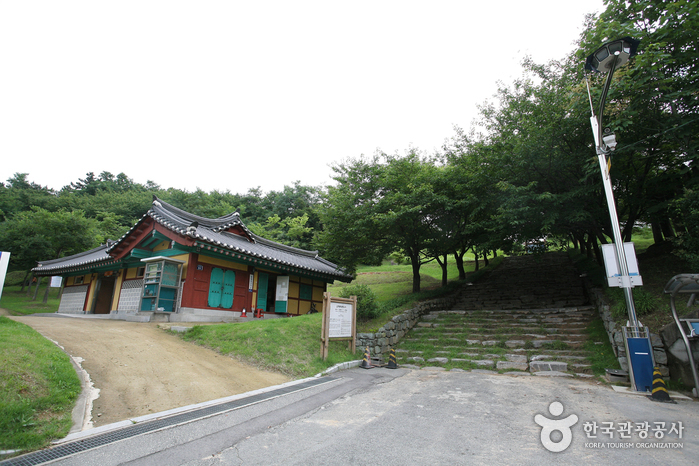
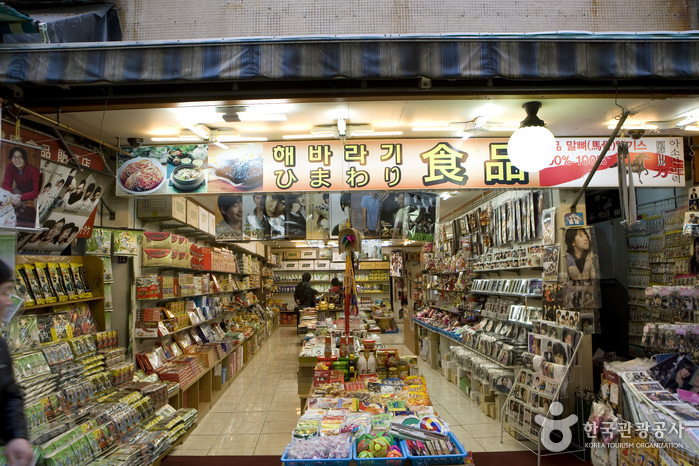
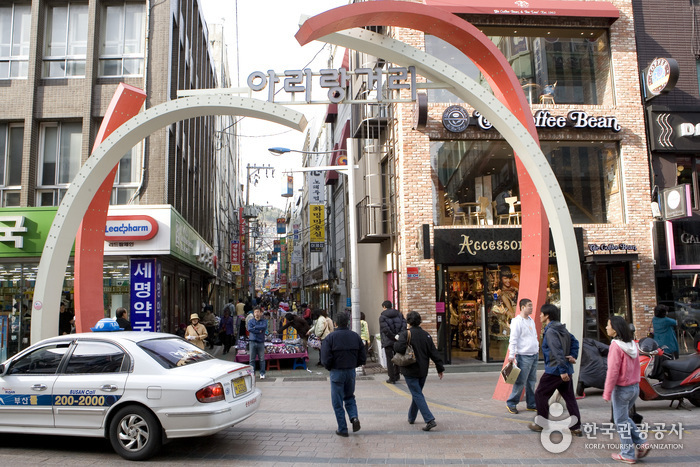

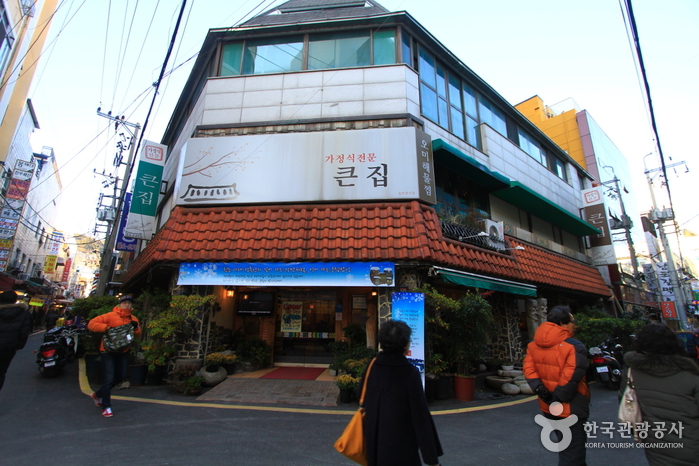
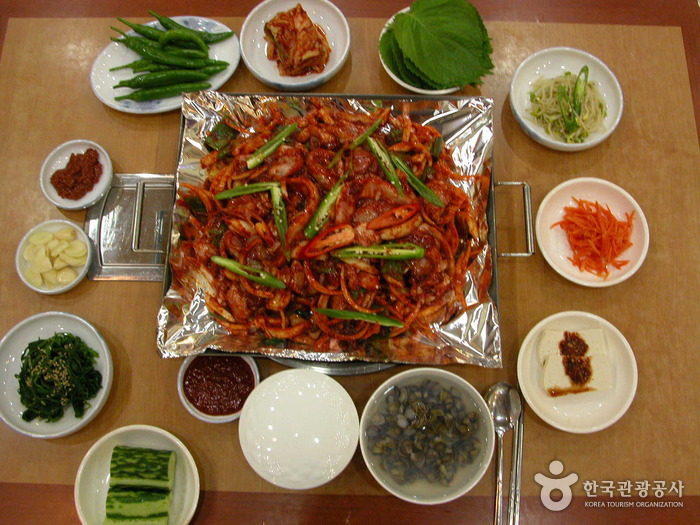
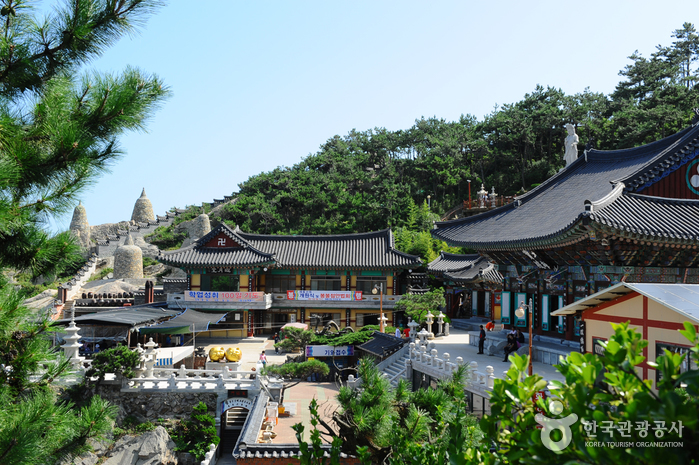
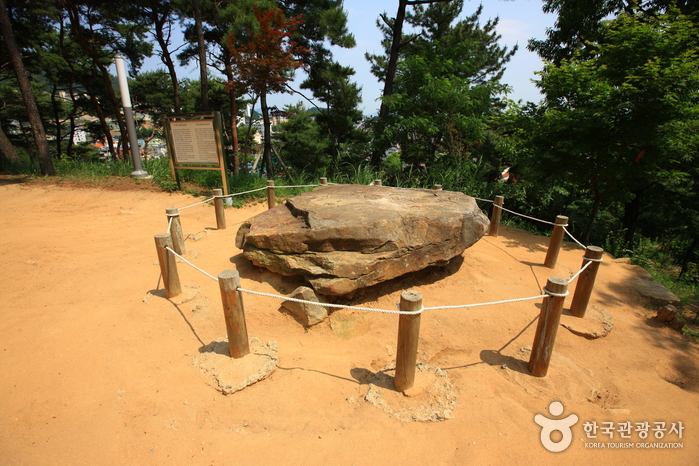
 English
English
 한국어
한국어 日本語
日本語 中文(简体)
中文(简体) Deutsch
Deutsch Français
Français Español
Español Русский
Русский